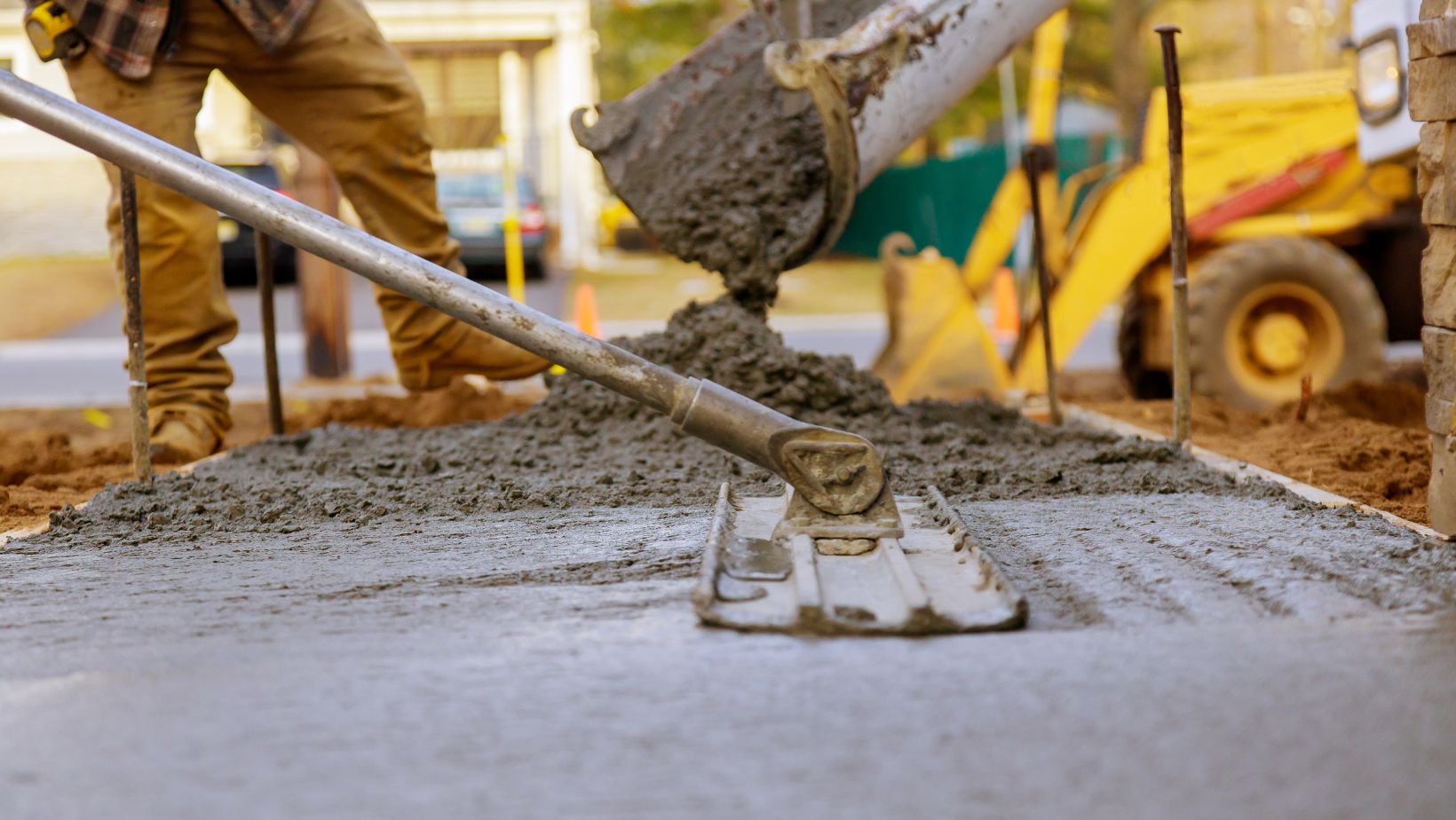Honed concrete has become an increasingly popular choice for outdoor spaces, thanks to its combination of strength, aesthetic appeal, and low maintenance requirements. Whether it’s used for patios, driveways, walkways, or pool decks, honed concrete offers a sophisticated look that complements modern architectural designs. However, maintaining honed concrete outdoors is crucial to ensure its visual appeal and durability over time. To achieve this, it is essential to follow a consistent maintenance routine. Understanding the characteristics of honed concrete, the steps needed for routine care, and how to protect it from environmental damage are all crucial in preserving its appearance and functionality. In colder climates, using high-quality de-icing products from JennyChem, such as brown de-icing salt, can help prevent ice buildup without compromising the integrity of the surface.
Understanding Honed Concrete
Honed concrete is distinct from other types of concrete finishes due to its unique surface treatment. It is created by grinding the surface of the concrete with diamond tooling until a smooth, matte finish is achieved. This process removes the top layer of the concrete, exposing the fine aggregates and resulting in a surface that is smooth but not glossy like polished concrete. The honed finish provides a sleek, elegant appearance that is both modern and timeless, making it a popular choice for outdoor applications.
Advantages of Honed Concrete Outdoors

One of the primary reasons homeowners and businesses opt for honed concrete in outdoor spaces is its durability. Unlike other materials such as wood or natural stone, honed concrete does not warp, rot, or decay when exposed to the elements. Its ability to withstand heavy foot traffic, as well as the weight of vehicles, makes it ideal for driveways and walkways.
The smooth finish of honed concrete also contributes to its aesthetic appeal. It provides a clean, modern look that can enhance the overall appearance of any outdoor area. The subtle sheen of the honed surface reflects light beautifully, adding a touch of elegance to the space. Moreover, honed concrete can be customized with different colors and patterns, allowing it to blend seamlessly with various architectural styles and landscape designs.
Routine Maintenance for Honed Concrete
Maintaining honed concrete outdoors begins with regular cleaning. A simple rinse with a garden hose is often sufficient to remove loose dirt, dust, and debris from the surface. For more stubborn stains or areas that accumulate grime, a mild household detergent mixed with water can be used. Apply the solution to the stained area and scrub gently with a soft-bristle brush to avoid scratching the surface.
When selecting a sealant, choose one specifically designed for honed concrete. These sealants penetrate the surface to provide a protective barrier without altering the appearance of the concrete. They help prevent water penetration, which can lead to freeze-thaw damage in colder climates, and they also reduce the risk of staining from spills or organic matter.
Protecting Your Honed Concrete
To extend the life of honed concrete, it is important to take preventive measures to protect it from damage. One of the most common causes of surface damage is heavy furniture or equipment. When placing furniture on honed concrete, use protective pads under the legs to prevent scratches or chips. If you need to move heavy objects across the surface, lift them rather than dragging them to avoid gouging the concrete.
During winter, honed concrete can crack due to water freezing and expanding inside it. Sealing the concrete before winter can help prevent this damage. Avoid using deicing salts, as they can worsen the deterioration. Mold and mildew can also be a problem, especially in damp areas. Regular cleaning and good drainage can prevent mold, and if it appears, it can be cleaned with water and vinegar or a concrete cleaner.
Addressing Potential Issues Early On
Even with regular maintenance, issues such as cracks, discoloration, or surface wear may still occur over time. Addressing these problems as soon as they are noticed is crucial in preventing further damage. Small cracks can be filled with a concrete patching compound, while discoloration can often be remedied with a thorough cleaning or by applying a concrete stain.

For more significant issues, such as large cracks or extensive surface wear, it may be necessary to consult a professional. They can assess the condition of the concrete and recommend the best course of action, whether it involves resurfacing, regrinding, or applying a new sealant.
Final Thoughts
Honed concrete is a versatile and durable material that can enhance the beauty and functionality of outdoor spaces. While it requires less maintenance than many other materials, regular care and attention are essential in preserving its appearance and ensuring its longevity. By following a consistent maintenance routine, protecting the surface from damage, and addressing any issues promptly, you can enjoy the benefits of honed concrete for many years to come. Whether you have a honed concrete patio, driveway, or pool deck, taking the time to care for it properly will ensure that your outdoor areas remain inviting and in pristine condition.

